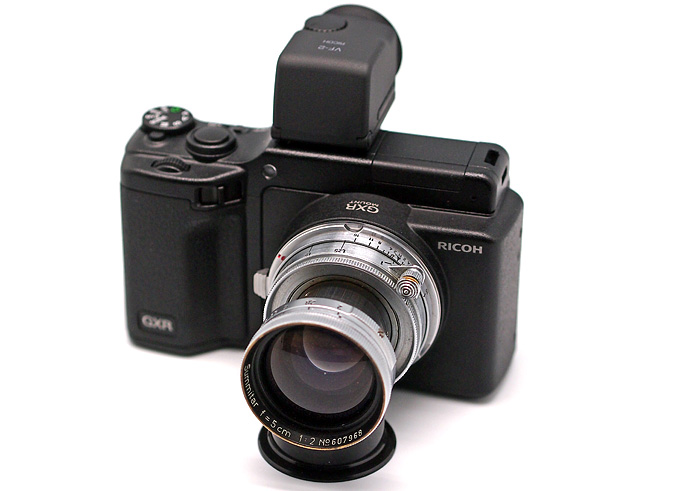
Ricoh GXR A12 Leica M Mount Module – My quick take by Steve Huff
Yesterday I posted a review on this Ricoh GXR Leica M Mount module by Ashwin Rao and I have also been shooting with this module so figured I would post some images from it. Ashwin basically wrote the review so what I am going to do is shoot with it for the next month or so and see how it goes and occasionally post some photos and thoughts about it. You guys know I am a fan of the GXR and 28 and 50mm modules but what about shooting M glass on the GXR with its own customized sensor?
When I received the package and attached the module to the GXR I loved the solid feel. That is one thing about the Ricoh cameras…they are made and built TOUGH. LIke Ashwin, I also had the VF-2 EVF attached to the camera even though I feel the EVF itself is of average quality (when compared to the new Sony OLED EVF). The GXR has a focus peaking feature much like the Sony NEX-C3, NEX-5n and NEX-7 but it was not as good as the version in the Sony. Still, I was able to focus spot on 98% of the time so it obviously is good enough. This peaking technology has made it so much quicker and easier to shoot manual glass on these cameras.
The lack of an AA filter on this module really makes the difference here and I am liking the files from the GXR moreso than the NEX-5n (with Leica glass). I can safely say this is my favorite body yet to shoot Leica glass on (besides a Leica body that is). To me it beats the others but it will be interesting to see how the NEX-7 compares. I do love the color coming out of the GXR. If you own a GXR and Leica glass, even if it is from the 1940’s like the Summitar used below then it is a NO BRAINER buying the A12 M Module. B&H has it for pre-order here.
Below are a few shots to show you how the images render on the GXR with this very old Leica lens that normally sells for $350. I have done some contrast/color enhancements to them but slight. Just a slider or two. 🙂 I’m digging it so far!
With the Leica 50mm f/2 Summitar attached I noticed the similar signature as I do when I shoot this on an M8 or even M9.
Click on any image for the larger version.
–
[ad#Adsense Blog Sq Embed Image]

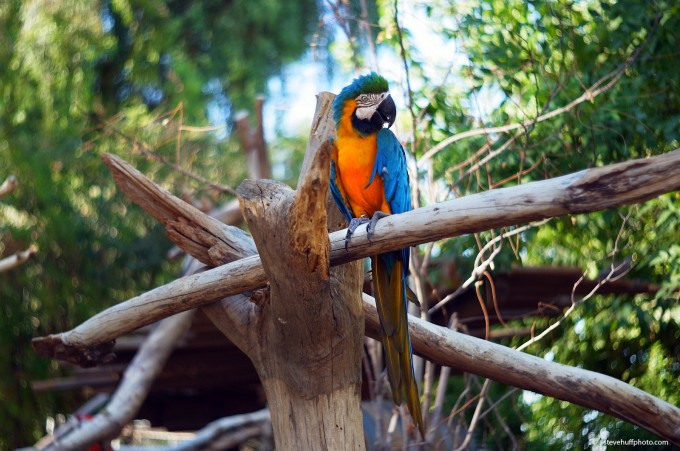
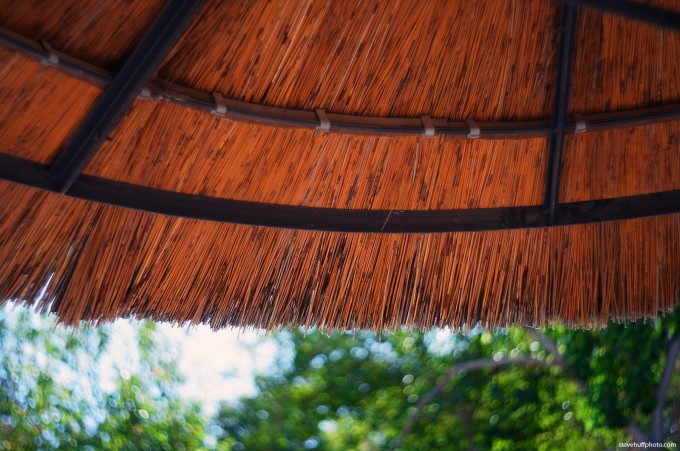
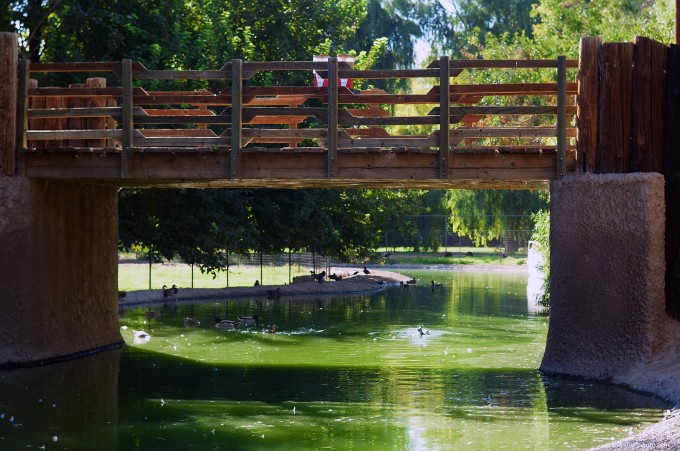
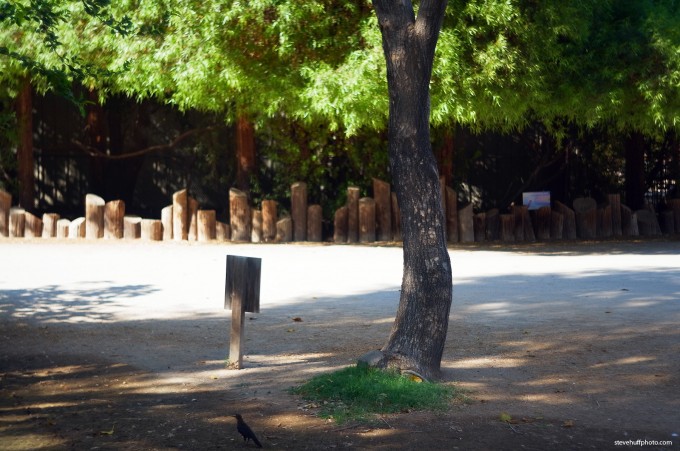
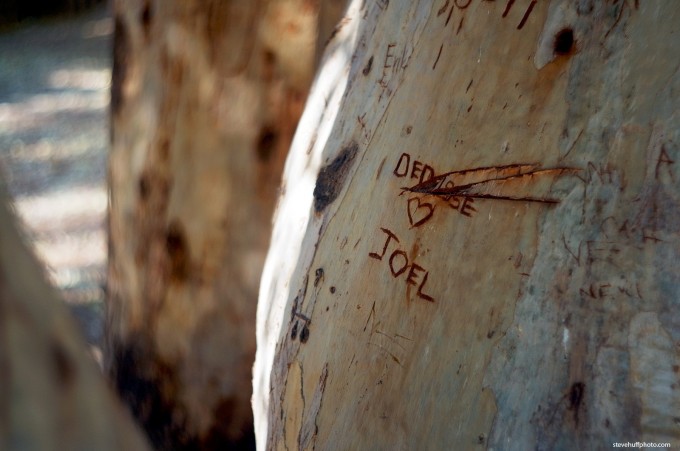
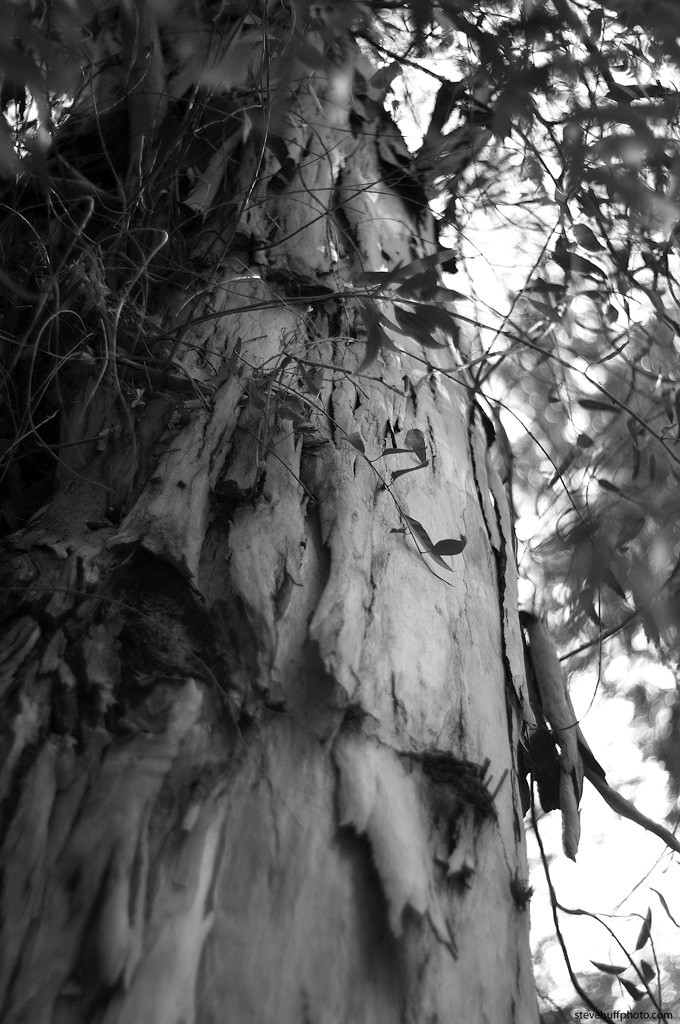
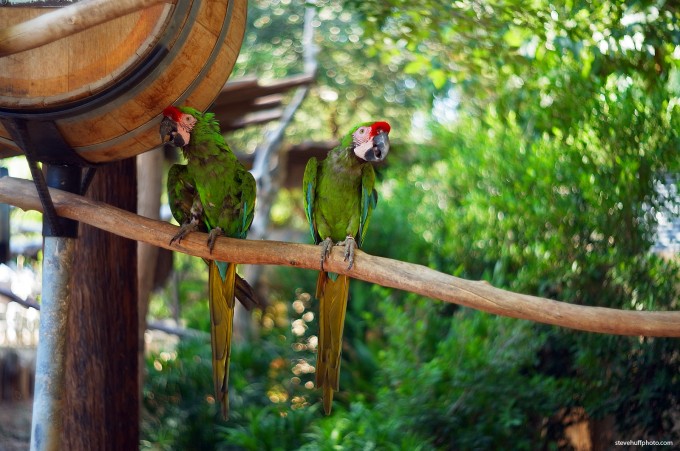
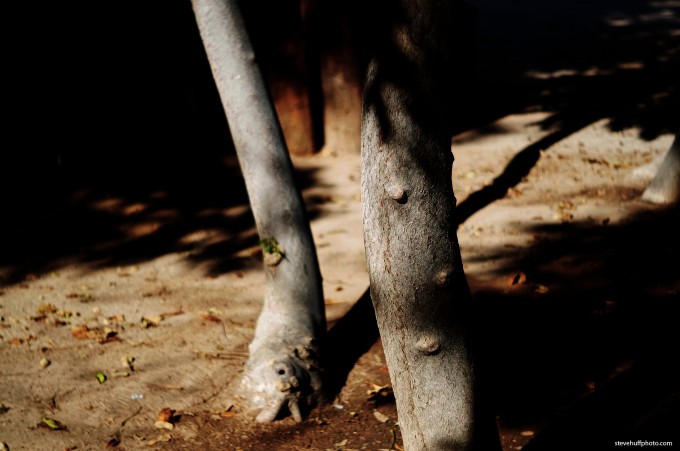

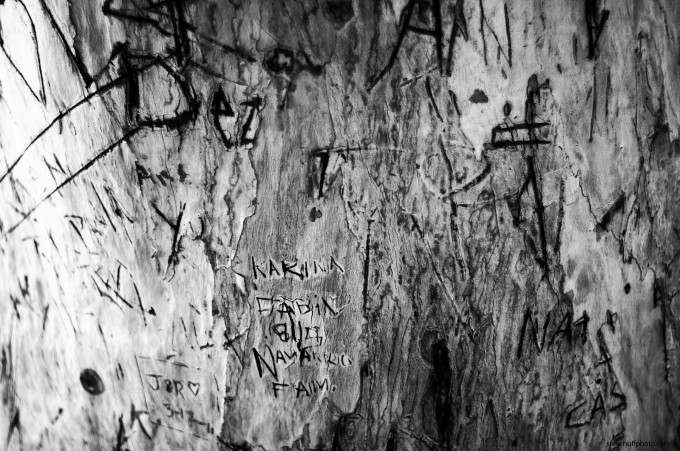
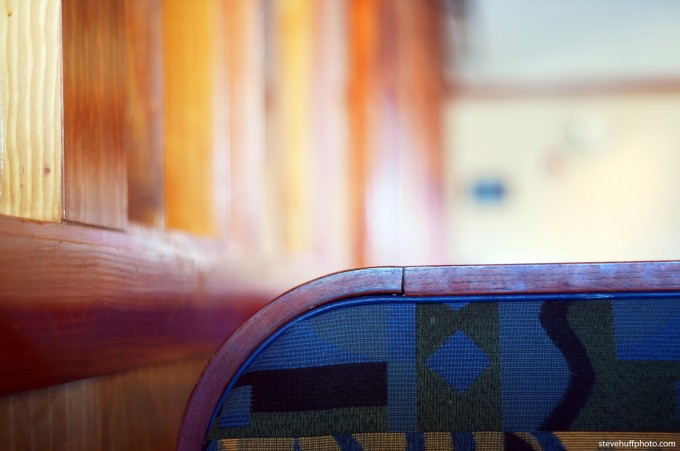

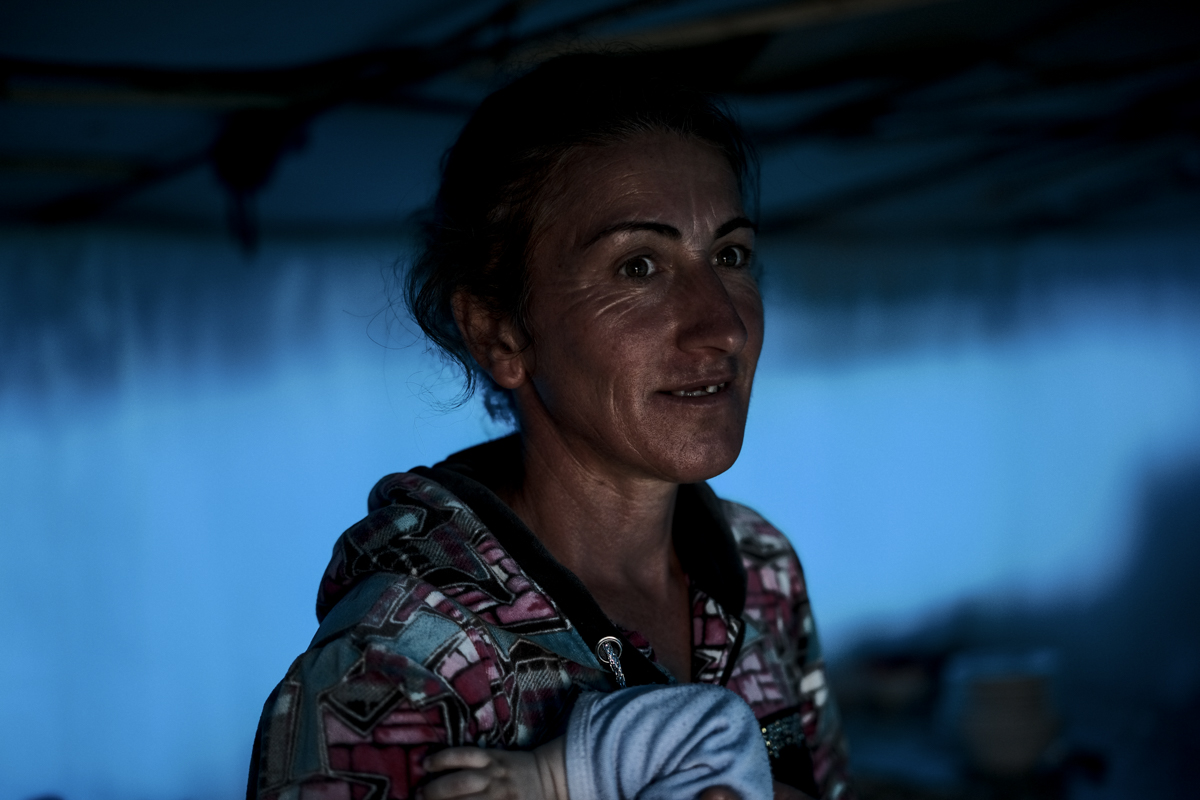

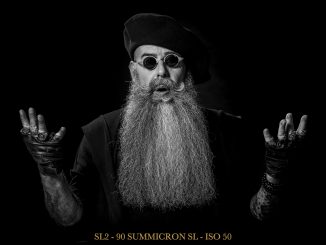
Got a used gxr+m mont combo 6 years after it released…a great camera indeed. But the cropped sensor makes my standard m mount lens quite difficult to use for street photography. Any recommendation on a (cheap) wide angle lens? No budget for a leica lens now:(
6 months later , i love my gxr m mount with the 28 1.9 cv and 15mm 4.5 and 50 1.5 cv lenses
black and white images are simply beautiful the sensor drWS BETTER THAN ANY OTHER CAMERA I OWN even the x 100 [ high iso monster though]
Has anyone made large prints from the GXR a12 using wide-angle lens?
I wonder what will be the quality of a print (16×20) made from the GXR.
Ohhhh nooo! The pix taken with Sony NEX 7 look pretty amazing!
I love the sexy old skool-ness & solid look of the GXR…the NEX is much more slick….i would go the GXR in looks & layout…but the NEX 7 specs are very enticing & if the IQ really performs & is on a par with the GXR…it could almost have me sold.
BTW, I don’t think the GXR is ugly! Its a tank, but a sexy one 🙂
I am so so so so so close to going the GXR way. I LOVE the natural image quality – & agree with Steve – it somehow just looks less ‘digital’. I am only being held back by a few considerations: shitty film capabilites, less than perfect or fast focusing, average viewfinder….
Some other packages seem to have it all : the EP3, the NEX 7….or even the NEX 5n..they can all adapt to Leica glass too…and the NEX’s have the same size sensors.
My PRIMARY purpose & true love is taking photos tho’…and the GXR seems to be an artists tool – whereas these others are more fancy & indeed more versatile but probably have different (‘lesser’ IMO) IQ…….The NEX 7 does sound promising, but i’m wondering if all those megapixels will actually be too much..& make things too sharp, contrasty, punchy, cold, digital looking…
There is something about the GXR that is calling me on an intuitive level…its just a pity they haven’t fixed those few things i mentioned & it would be my dream! Don’t use video much, but it is VERY handy to have with you should something arise. GXR does have video – but reports don’t sound/look good!
Steve as you review this camera … could you please spell out just what model Leica lens you are using…
Am very excited about this camera waiting for your full review before buying one… been looking @ a lot of older Leica lens on E-bay and other places just don’t know which ones to buy for a starter kit…
I just picked up the m mount for my gxr, but now i need some advice as to which lens to buy first: i’m looking at the 24 f2.8 and the 28 summicron which i found at the same price. What i want from the lens is a good “general purpose” lens. I plan on adding a 50 sometime in the future as well as a 15.
thanks for the help!
A feature i have realized is facinating and useful if used in a manner opposite as it was intended for , i refer to the lens correction feature, the one designed to change brightness in the edge to control vignetting with lenses……In playing with this feature i have used it to delibrately vignette from subtle to strong with all my lenses, and the effect is visually striking, and real at the time of exposure, which is preferable to adding it in post work, imho . Its so good it should be a scene mode too,…as well as a lens correction feature, lol . Because in can be added incrimentally its effect can be controled with a degree of exactness that makes it a pleasure to use ……its not for every shot obviously, but for that special vintage or mysterious look that a vignette can sometimes provide, its a very cool feature
Having used a gxr for about a year now, i find the useability and control feature set and layout to be miles ahead of the other camera makers ,i still have my gx200 and cx1 , but the gxr because of its modularity and robustess became a frequent backpack companion, i have always love the ricoh “way”
I use alot of adapted glass on my micro fourthirds cameras , im even satisified with its iq of the 15mm 4.5 cv lens on an ep1…. the edges are well defined and the color and superwide “spirit”of the lens are retained even as the 2xcrop turns ith into a defacto 30mm lens
i really enjoyed reading the review and also the first thoughts that followed , they are about the best musings i have read about the gxr mount module, i agree with the observations about the sensor and the new peaking feature both in greyscale and color edge shimmer
when i mounted the 15 mm cv lens on my new module i was very pleasantly surprised with its performance as a “22.5”mm lens , its edge performance went from good th great!
i also use a a cv 50mm 1.5 a cv28mm 1.9 and tiny russian lens 50mm 2 in chrome which is suprising ly good…..i like these on my gf1 and ep-1 , they work well and have served well …. but on the gxr
mount module , they are amazing ,
i really regret selling my leica cl and 40 f2 summicron c all those years ago
im now looking for a summicron c 40 or 90 or someting leica to add to my rf lens collection what as was said…” dont ever sell your leica equiptment , you will only end up…………” wow is that ever true
as my first apsc module for my gxr the mount module is showing me what the gxr is really capable of.
Matthew, based on the very good experiences with the very critical (on a M8/9) 15mm Voigtlander it would be a surprise when the WATE would not deliver top results.
Until now all sample photographs which I could see had no vignetting or colorshift corrections. Thanks to the crop and a much better sensor design including filters in comparisons with a Leica M8 f.e..
When I tested my 24mm Elmarit ASPH. on a M8.2 there was no ‘feeling’ compare to my MP. Just a digital camera hidden in a bigger shell compare to my film Leicas and much more noisy…..
The Ricoh doesn’t want to be a cheaper M. It’s more a system like a studio Plaubel or Linhof:
the adapted lenses have to ‘deliver’ their fingerprints or soul, the camera should be as neutral as possible……and you have the choice to adapt your gems……
Hi Bernie,
Thanks for your advise. The WATE is a gem for travel photography and given the reports on the GXR so far I am sure it will deliver it’s magic too. I am more concern about whether the WATE would physically fit on the GXR or not. I checked the Ricoh website, not every Leica M lens is supported and the WATE is not listed, hence my question above.
I have been hoping for a second body to complement my M9 but really cannot justify spending the money on a second M9 or even a used M8 body. The Ricoh GXR looks really promising even its a crop sensor body. Does anyone know (or have tried) whether the WATE would work on the GXR or not. If it does, I would go out to buy one right away.
Maybe its my eyes, but the colors in the images look oversaturated.
I shot these in Vivid …
Why can’t anyone else but Leica (except for a few exceptions like Fuji x100) make a camera that at least looks decent? Problem with this is that it looks uglier than hell.
In terms of aesthetics I actually like the GXR camera because it is true to its function. It doesnt work like an 35mm rangefinder so making it look like one would be just dressing it up to look like something its not. I think the Fuji x100 gets it right in using solid feeling materials, things that never get old, but does it make sense to keep imitating what used to be the best? I also find the 35mm leicas to be some of the most beautiful objects ever made, but I like the form follows function of this beast and I think Ricoh is right in trying to innovate and retain quality of materials and function as primary design criteria instead of nostalgic sex appeal.
With a small existing inventory of old Leica M glass and a Sony NEX kit I would happily trade my M-to-NEX adapter for the new Sony 1.8/50 which is in fact only marginally more expensive than a quality adapter alone. The adapter was cheap in comparison to the value of unused M-glass in my cabinet. But after some experimenting with my 35 and 50mm Summicrons, I no longer bother and now mainly use just the kit zoom. Not image quality, but handling issues put me down. I still justify the adapter for the occasional use with my Summicron 2/35.
Yes, the GRX M-module is optimised for M-glass, but in terms of pricing is in a different category either. It is still only a cropped APS-C sensor and even with peaking function somewhat cumbersome to use. Perhaps a firmware update could introduce an electronic focus indicator. The Leica-M systems excels with fast and compact lenses at short focal lengths, but the APS-C sensors cannot make good use of that.
However, in my opinion one intriguing aspect of Leica-M glass is compact size, even in comparison to its equivalents for crop sensors. The Summicron-M 1.4/50 is about the same size as the Lumix 1.4/25. The Summicron M2/35 is even smaller than the new Zeiss 1.8/24 for NEX.
I’ve been very interested in the GXR setup since the first rumours came out. Now people actually have it and are shooting it, and the results look as good – even better – than what I was expecting. Wow.
So I went and bought a second-hand M8 instead.
Thinking about the GXR and the NEX7 clarified for me why I like shooting my M6 so much. It isn’t just one thing – the great lenses, the rangefinder focusing, the simplicity, the build quality. It’s all of them together. It’s the package, the experience. I make better photos when I shoot with my M6 than with my DSLR or M43 cameras. I don’t really know why – and frankly, I don’t care. 🙂
The more I thought about the GXR, the more I thought about what I actually want from a digital-M camera. The answer of course is the M9! But I can’t afford one. So I borrowed a friend’s M8. At the start of my first day of shooting with it, I wasn’t impressed. The noisy shutter, the low ISO, the outdated LCD. Then I stopped making intellectual comparisons and started taking pictures. By the end of the day I was in love. When I saw the pictures I knew it would be more than a passing fling. At ISO160 & 320 the sharpness, detail and “naturalness” of the image exceeded the D7000 I was testing it against. Same thing at ISO 640 – with more noise of course. Things aren’t so pretty at ISO1250, but I started to learn how to compensate with the choices I made. Having shot the D7000 in challenging lighting circumstances for paid work, I know that even on that camera ISO1600 isn’t the cakewalk some people make it out to be. You are always making choices as a photographer, and the choices are what define your pictures (some would say “compromises” instead of “choices,” but not me).
None of this is meant as a slag against the GXR. I’d love to have one. From what I’ve read and seen, photographers are finding it to be an inspiring camera, which is what’s most important. For me it came down to a choice between the GXR and a previously-loved M8. I chose the M8 even though it was twice as expensive and I have to sell gear to pay for it.
Just thought I’d post these thoughts for anyone who, like me, might be trying to decide between the two systems.
Good thoughts Robert! And those are almost the exact reasons I am currently on my 2nd M8 as after selling my original one I realised how much I missed it. I sold it at the time to fund an M6 myself and like you love shooting worth it, much more so than the M8 true but still less than the glorious M2 which (for me) is just what I want from my photography.
The hitch to all of the above is that I’m also a long term Ricoh user too and although the GXR is so obviously different to a RF camera the reports coming in sound so appealing. I doubt I will sell my M8 again, I made an oath I wouldn’t the last time unless it was for an M9/10/11 upgrade, but I can see myself saving up for the GXR system.
Some time ago I read a comment on a forum that basically said: “never sell a Leica, you’ll always end up rebuying it, usually for more money.” So far I’ve found that to be true! 🙂
I think it is fantastic that someone finally can offer us a high-quality digital camera to use with our high-quality glass. A bit ironic though that the offer is coming from Ricoh and not Leica.
I wonder if Ricoh:s purchase of Pentax Imaging means that we will be able to mount Leica glass on a high-quality full frame camera anytime soon?
The M8 and the GXR are totally different in the way they ‘get’ the picture and Feel while shooting:
Rangefinder ./. TV screen. Wide angle lenses are easier to focus I would say with the Leica but from 50 up to 135mm the two different focus modes of the GXR work like a SLR with looking through the lens. Big difference.
1.5 years ago I didn’t buy the Ricoh and went the Oly way. I couldn’t wait for a wide angle module and got the sweet 20mm and the 17mm for the E-P2. A great camera but for wide Voigtlanders or Leicas the crop is too big and the sensor isn’t capable to read the lenses without problems at the edges.
Based on the experiences we can see I would say as a careful Rule Of Thumb that the GXR is very good for Leica lenses and a NEX7 for adapting SLR lenses with a wider distance between sensor and backlens. In this case the NEX must be more comfortable in terms of EVF. But we have to wait until the first users add lenses from different makers.
This is doing my head in now! LOL The more I read about the GXR & M Mount the more common sense tells me to ditch my M8 and buy the GXR, I said I’d never sell my M8 again but maybe now is the right and wise thing to do for purely *photographic* reasons.
I mean I’ve been strugling with digital for a while as the M8 is NOT a do everything camera, NO M is obviously. But the Ricoh GXR in many ways is for my needs as it would be like owning *2* camera systems in 1 with it’s normal lens/sensor units and with the M mount unit where I can use my Leica lenses. My other options originally were to buy a Pentax K5 “in addittion” to my M8 and also get the new Ricoh GRD IV but that is too expensive and I cannot afford it right now and also involves using 3 seperate cameras wheras purchasing the GRX involves only 1 and is easily funded all in one go by selling my M8 body. Ta-da! Even the wife would be pleased, but can I part with that M8 ….. 🙂
Hi Cidereye,
If you see this let me know what it is you want to gain from the GXR that the M8 doesn’t do. Is it autofocus, size or video? As an M8 and EP2 user I’m curious.
Jochen,
two reason why I prefer the GXR/mount instead of my Oly Pen E-P2:
Crop 1.5 ./. crop 2.0
The Oly m4/3 design is based on a telecentric lens-sensor layout. The very old Leica M design has a very short register distance between exit lens and sensor surface. Very easy to recognize when a lens shorter than 50mm is adapted on the Oly the borders are washed because Oly didn’t have any competitors lens designs in mind…..same with Sony NEX.
The Ricoh’s design and philosophy is the fact that the M mount is strictly designed with the technical specifications of the M bajonett in mind. Ricoh’s module can be taylormade instead of building a camera for given third party specifications. Very clever, you get a (nearly) Leica M8 ‘heart’ with all advantages for the wide angle lenses without a IR filter and can change in a second to a P&S when you need it.
The Ricoh is as modular as a Phase One or Hassy but smaller, lighter and much much cheaper……
In the LUF (Leica Forum) Bill has posted photographs from M lenses, R lenses and when he get’s the adapter Nikon lenses will be added. The pics are amazing and show clearly the ‘soul’ of the lenses due to the absence of an AA filter and the shifted microlenses. Three years a go no one could imagine that this sensor design could be offered from any competitor of Leica.
Here are the pics including R lenses (macro & tele):
http://www.flickr.com/photos/lightmancer/sets/72157627603930627/
Chapeau Ricoh!!
Hi bernie many thanks.
I also have the x100 for 35 mm an now it is not easy to make a descision. I think at the moment I don´t sell the Oly EPL1. I have to learn more from the Charakter of the Leica lenses and at the moment this is also possible with the EPL1. Actually I don´t have a wide angle leica lens.
My decision for next year could be selling the R lenses and the Oly EPL1 and the buy a used M8 with two leica M lenses.
my pictures you can find here
http://www.flickr.com/photos/28616805@N00/
Hi Steve,
i also have the Summitar 50 f2 M39 an it always does a great job. The swirl what we can see wide open is very unique and could also be see when I use It with my EPL1. You also have an Oly what can you say about the sharpness of this lens in combination with the ricoh vs the Oly.DO you this it is worth buying the ricoh instead of the Oly. My lenses are
20 1.7
14 2.5
Leica Summitar 50 f2
Leica Elmar 50 3,5
Leica Elmar 90 f4
Leica Summicron R 35 f2
Leica Summicron R 50 f2
Leica Macro Elmarit 60 2.0
Leica Elmarit R 135 2.8
Thanks
Jochen
Looks good indeed, Steve, thanks. We all are looking forward to full review and to some “forbidden” comparisons, you know 🙂
Fanstastic happy snaps. The character of the Summitar is really preserved in these images! Well done, Steve. I am hoping that Ricoh’s getting the message to improve their EVF in some way and more effectively implement focus peaking. For me, I haven’t experienced a NEX camera, so I have been happy with the Ricoh implementation, but I think this is a case where I know no better….
Thanks to you and Steve for your excellent reviews of the Ricoh M Mount module – the best I have read so far.
I am a big fan of the GXR with the A12 modules, and have both 28 and 50mm. The only fly in the ointment, for me, in the system is the EVF-2, and I agree with you 100% that Ricoh should now improve their finder to compete with Sony Nex and Olympus – come on Ricoh a VF3, please.
Still undecided about the M Mount Module, but I will think on.
The photos look great … the more I read about it the more excited I get … Of course I would love to own an M9 but am a student and money is tight … had never thought of looking @ some of the very early Leica M lens to use on this camera… so a 50mm f/2 Summitar and the camera would set me a little over a grand… wonder what other over looked Lieca lens are out there … that I could pick up for not a lot of money …
The shots seem to have a nice ‘pop’ to them from this combo. I do love the bokeh ‘swirl’ on some of the older Leica glass. 🙂 I see this on my 50mm Summilux pre-ASPH too.